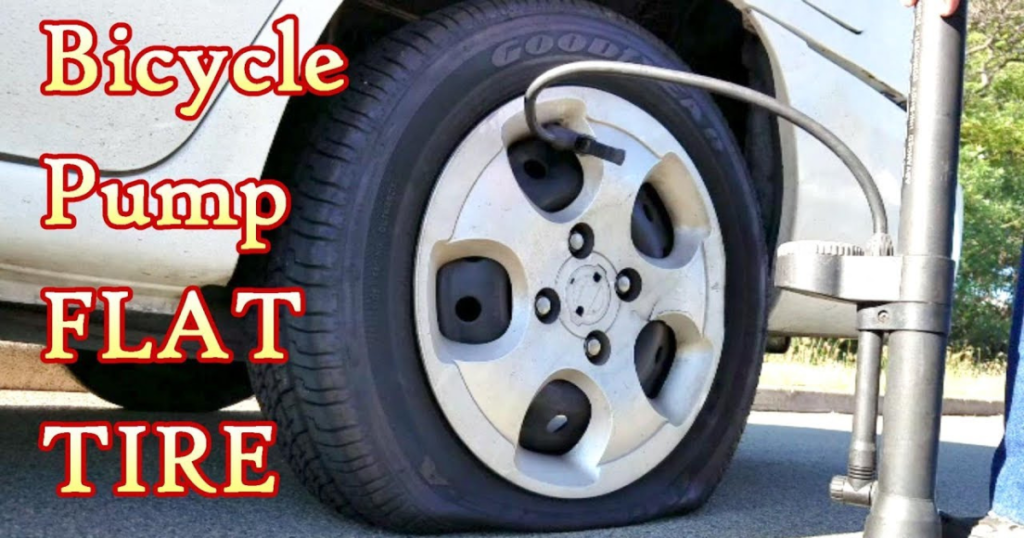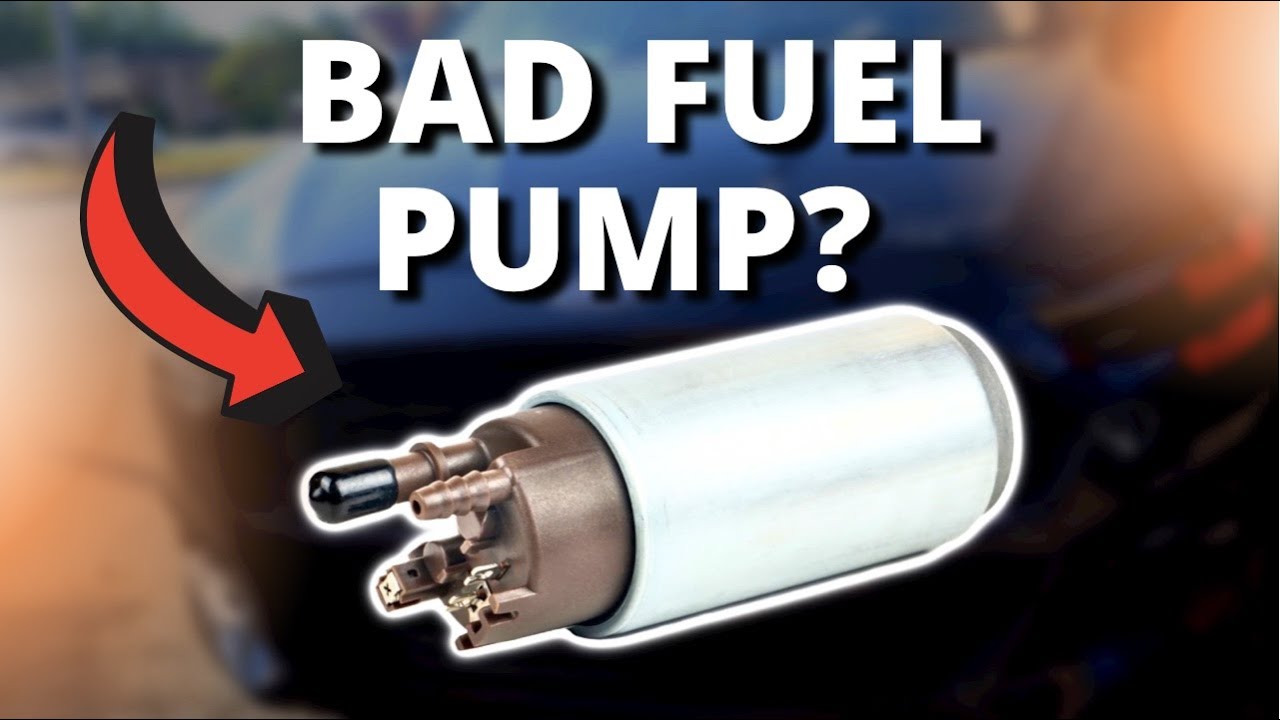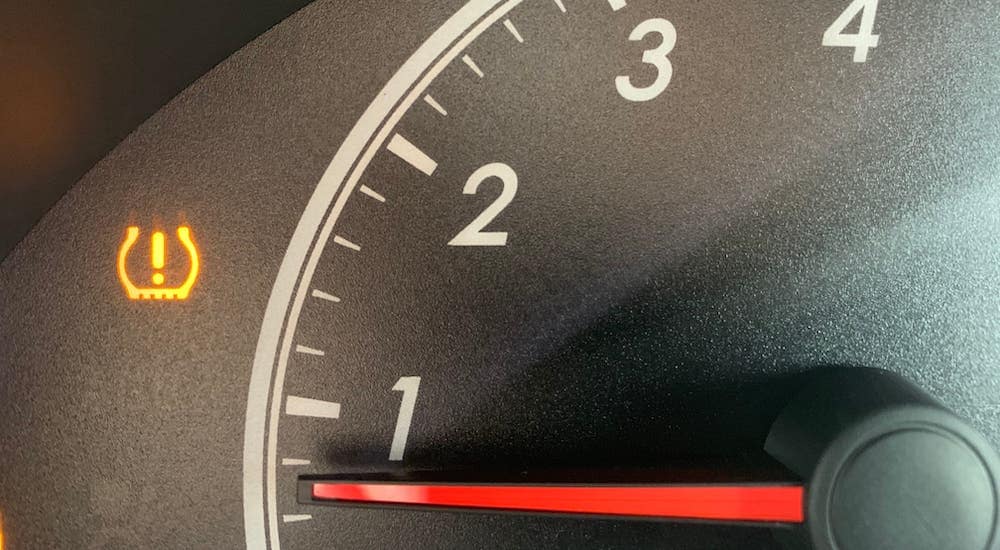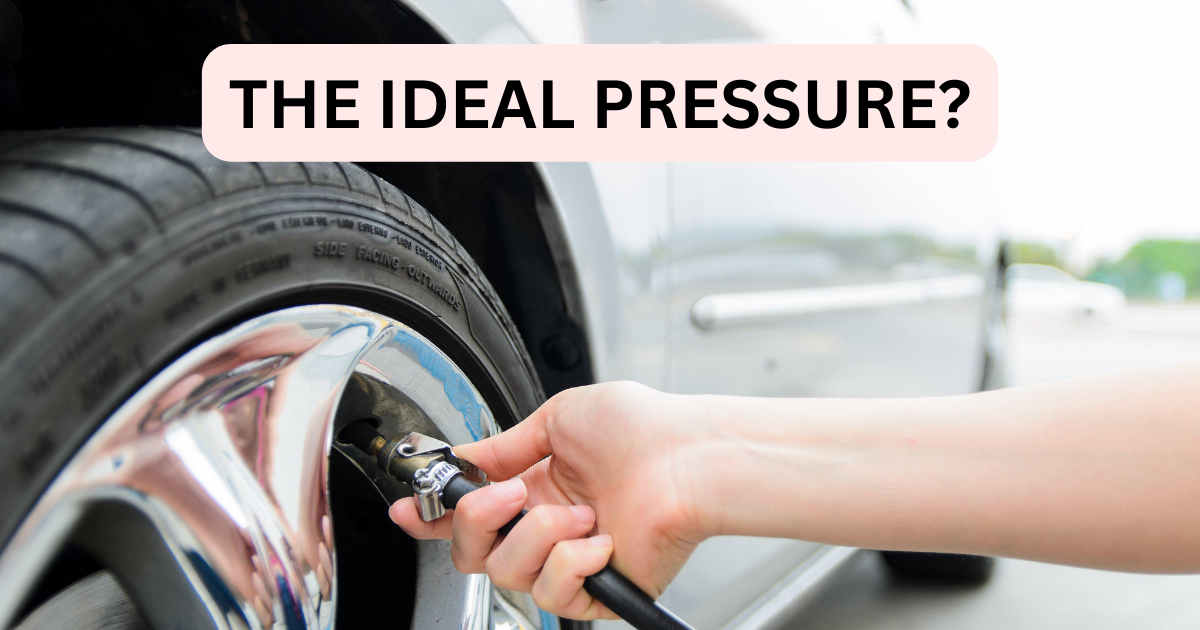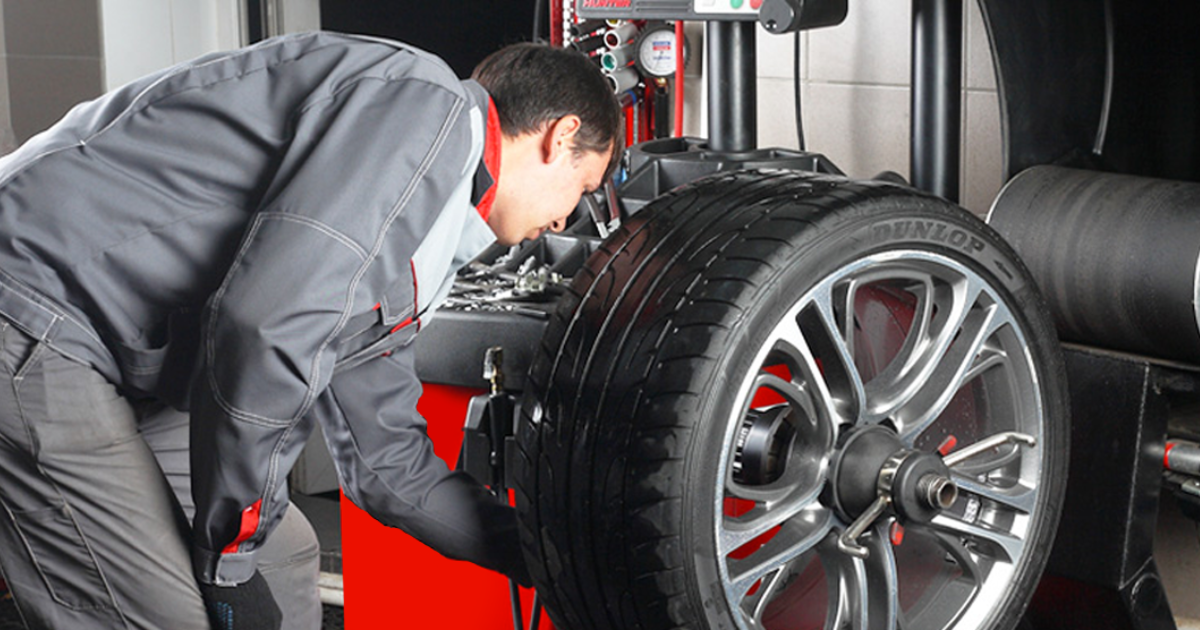Maintaining the proper air pressure in your car’s tires is not only required but also beneficial to the vehicle’s overall performance. However, there are situations when you can find yourself in a position where your tires have lost air pressure, and you are frantically trying to fill them. Furthermore, you can find yourself in a scenario where you are forced to make do with less-than-perfect equipment to satisfy your requirements since you are in a time crunch and desperate times call for desperate methods. Take, for instance, the scenario in which you get up in the morning and get ready to go to work, only to discover that your car tire is so low on inflation that you won’t even be able to make it to a gas station to fill it up.
What can you do? You remember that you keep a bicycle pump in the garage for the bikes, but you are unsure whether or not using the bicycle pump will be sufficient to complete the task.
To answer your question in a nutshell, yes, it is doable.
How to Use Bike Pumps on Cars?
Find out which adapter fits your car if you are using more than one. This should be done before anyone gets on their bike to pedal faster. The auto parts store near you should be able to help.
Now, begin to pump. First, you should fill the tire to the recommended pressure, which is usually written on the side of the car or the valve stem. If you’re unsure what to do, look in the owner’s manual.
It’s important to keep pumping the tire until it’s completely full. Otherwise, you might damage it. You can double-check the psi if you have a tire pressure gauge.
Before you try to inflate your car’s tires with a bike pump, ensure you have a tire repair kit and, if possible, a spare tire.
If the tire loses air after being pumped up, it probably can’t be fixed and will need to be replaced.
Is it Difficult to Use a Bike Pump?
There is no reason why you can’t use a bicycle pump to inflate a car tire; the only difference is that it will take you significantly longer to reach the same level of inflation as you would with a standard (electric) pump. For you to be successful in completing the task, you will need to put in some effort.
There are a lot of perks that come along with having a bike pump. They can be purchased at a low cost, do not require much training to operate, and are compact enough to be carried in a backpack or even kept in a vehicle.
Because the attachment for inflating the tire that comes standard on bicycles is the same size as the valve on a car’s tire, it would seem that a bicycle pump could be used successfully to inflate a car tire, right?
To some extent, yes. In principle, a pump designed for a bicycle should be able to inflate a car tire. In actuality, however, things aren’t always that straightforward. For example, because of their greater size, car tires require a higher air pressure when inflated than bike tires do.
The vast majority of bicycle pumps are not designed to produce the high air pressure that is necessary for a car tire. As a result, most bicycle pumps struggle to produce the air pressure necessary to inflate a bicycle tire properly.
If you try to inflate a car tire with a bicycle pump, you might find it very difficult, if not impossible, to generate enough air pressure for the car tire to hold any reasonable amount of air.
Remember that in order for the tire to support the weight of your vehicle after you have pumped air into it, it needs to be under a sufficient amount of pressure.
Which pumps can be used to fill up car tires?
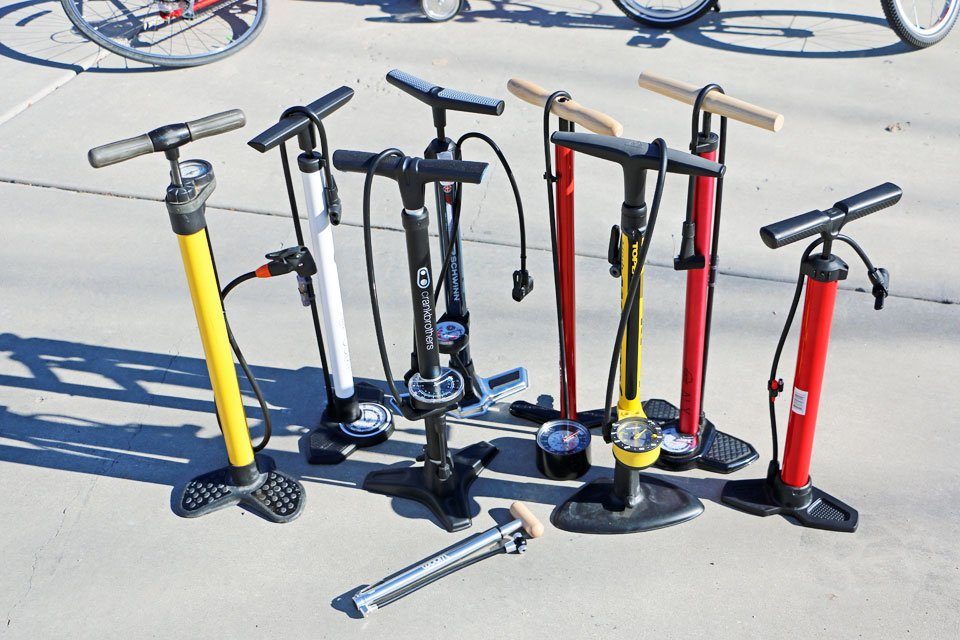
You need to be familiar with the various bike pump types before moving on to the procedure. There are wide distinct varieties of bicycle pumps, and not every one of them will be suitable for use with your motor vehicle. However, the Schrader valve and the Presta valve are the two types used most frequently.

image credit: https://www.bicycling.com/
When inflating tires that require high-pressure levels, Presta valves are an excellent choice for use. For instance, this valve is appropriate for pumping road bikes that require 100 pounds per square inch of pressure. A Schrader valve is required to inflate your vehicle’s tires.
Examining the pump’s receiving end is the only way to identify the kind of valve that is installed in your device. For example, if there is a small pin inside the mouth of the pump, that indicates that it is equipped with a Schrader valve. This pin connects with the pin on the car tire so that the pressure can be released and the tire can inflate.
If the mouth of the pump does not contain a pin, you are most likely dealing with a Presta valve. There is a remote possibility that the Presta valve will allow air to be pumped into the wheels of your vehicle.
Essential Things to Keep In Mind
Before you begin pumping, there are a few things that you need to make sure you keep in mind. To inflate a car tire with a bicycle pump will require a significant investment of both time and effort. To fully inflate a car tire with a manual pump could take up to twenty minutes of your time.
Before attempting to pump the tire, you must first remember to either remove the tire or jack up the vehicle, depending on the situation. This is because a car’s weight is significant, which causes the tire to be under pressure, making it more difficult to pump. It is also important to note that in order to use a bicycle pump on a car tire, you will require an adapter. The vast majority of hardware stores carry a selection of adapters.
How Pressure Works in Tyres
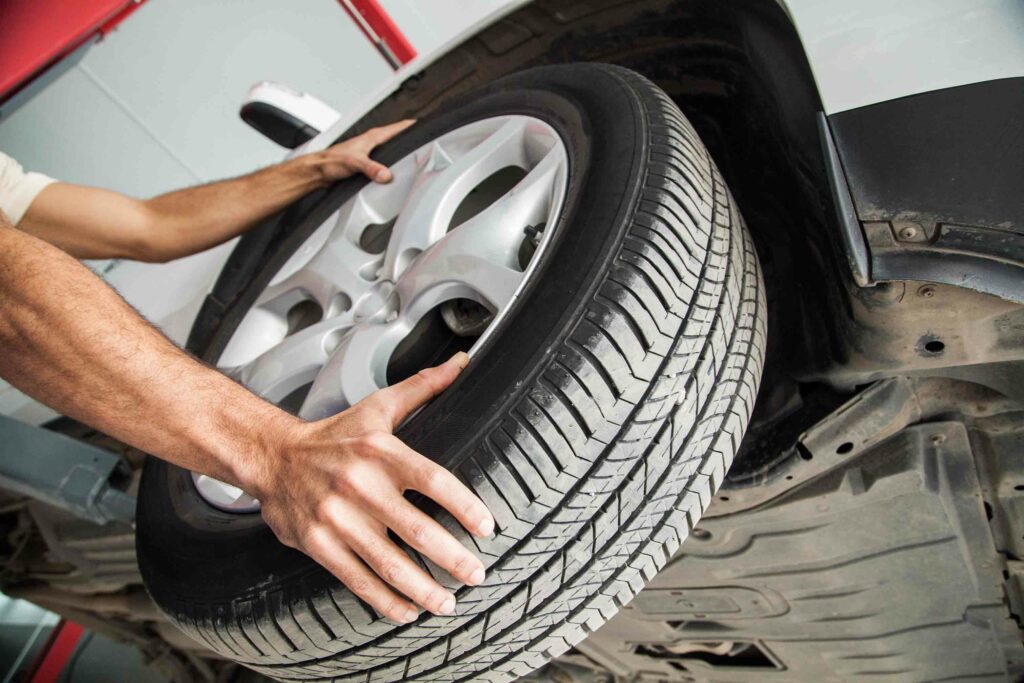
The air in a car tire keeps the rubber inflated and in its proper shape. A small opening in the sidewall of the tire provides a means for air to enter or exit the tire as required. While driving, the tire will heat up, which will cause the air within it to expand slightly.
Because of this, the tires on your car will always be slightly under-inflated whenever you start driving for the first time in the morning. Because of the heat, the air inside the tire expands, which causes the pressure to increase.
The lower the temperature and the longer the day goes on, the more the air in the tire will contract, causing the pressure to drop. Because of this, it is essential to perform routine maintenance checks on your tires and adjust the pressure in them as required.
How Much Air Should Be in Your Tires?
Both over- and under-inflation of your tires can significantly negatively affect how your vehicle drives. For example, when the pressure is too low, the tire is more likely to overheat, which can lead to a blowout. On the other hand, if the pressure is too high, the tire will not be able to grip the road as effectively, making it more difficult for you to steer.
You can locate the information necessary to adjust the tire pressure on your vehicle in the owner’s manual or on a sticker located on the inside of the driver’s door. The psi (pounds per square inch) reading that should be used for your tires can be found on the sticker.
How to Check and Fill Your Tires

It’s essential to check the tire pressure on your car often. When the tires are cold is the best time to check the pressure. That means you should check the pressure before you drive the car in the morning.
Use a tire pressure gauge to check the pressure. Most gas stations and stores that sell auto parts have these. They don’t cost too much and are easy to use.
Once you know how much air is in your tires, you can put more air in them if necessary. Most gas stations let you do this or use a portable air compressor.
Attach the bike pump to the tire’s valve with a threaded adapter. Turn the adapter clockwise until it is tight.
Conclusion
Although you can use a bicycle pump to pump air into your car’s tire, this is not the most practical or recommended method. Utilizing an air compressor or going to a gas station is the most effective method for increasing the pressure in a car tire.
You can easily and quickly add air to your tires using those, and you won’t risk blowing out your tires in the process. The majority of these devices typically come equipped with an internal gauge that enables the user to keep track of the tire pressure. This enables you to fill the tires with the desired amount of pressure accurately.
Keep in mind that in this particular scenario, taking the tires off the vehicle is not required to be done. If you are going to be traveling and need to add air to your tires, a bike pump is a better option than bringing an air compressor with you because of its portability.

